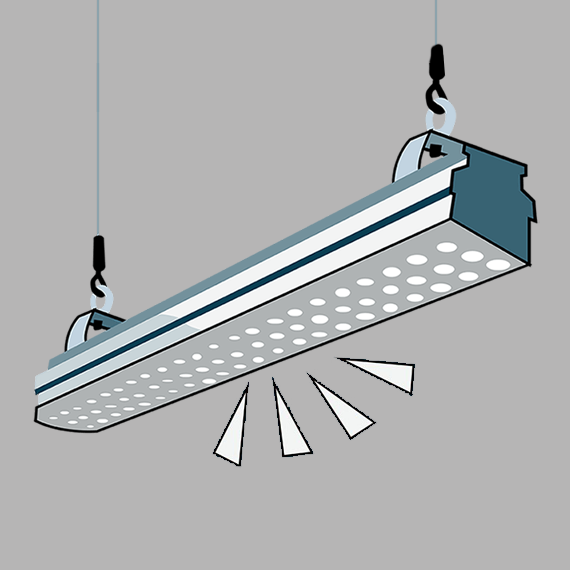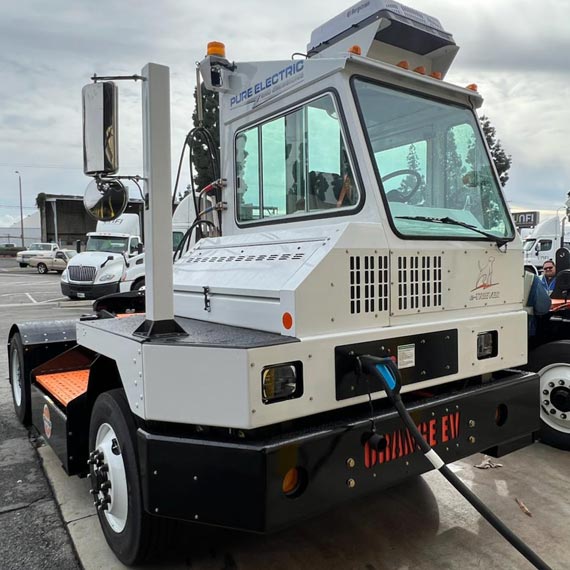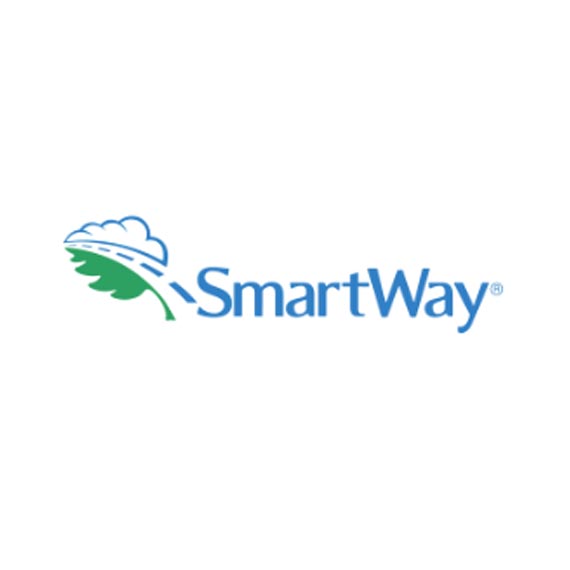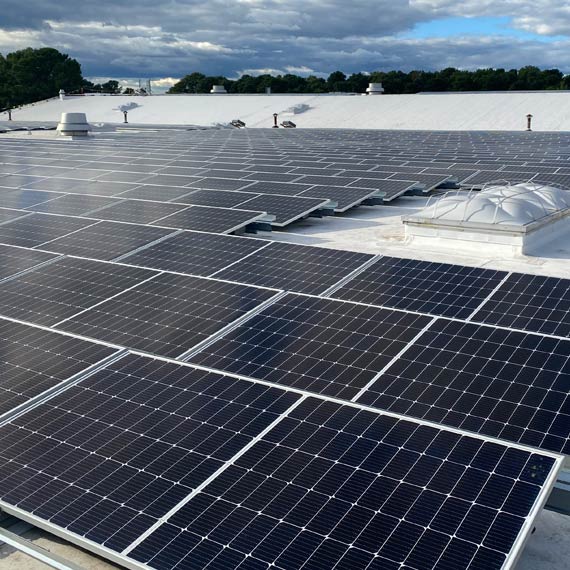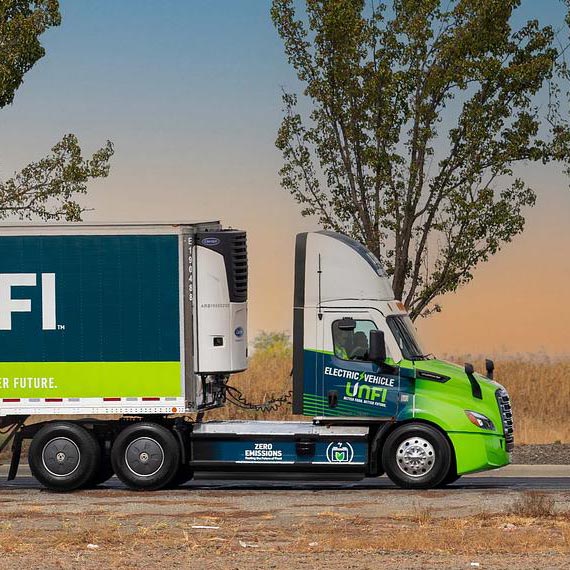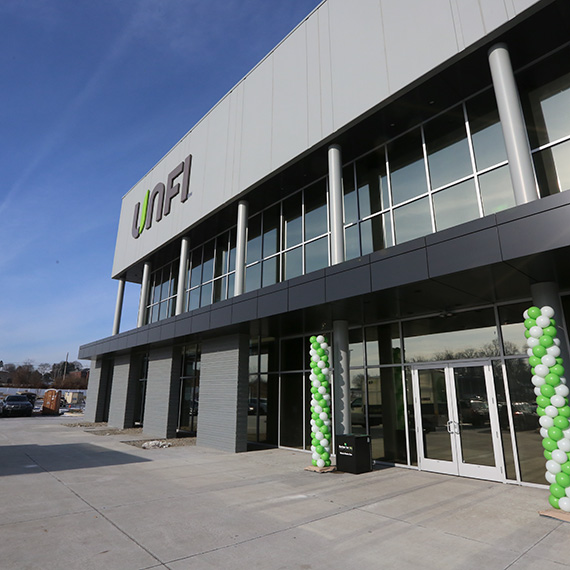energy efficiency
-

We continue to become a more efficient and effective distribution company. Maintaining a culture of operational excellence helps us achieve our energy efficiency and carbon reduction ambitions. One of the most logical places to begin was implementing energy efficient practices within our facilities.
-

-
How is this better for all?
-

OUR PEOPLE
Using materials that are far less likely to contain chemicals and pollutants that can be harmful to human health creates safer work environments for our associates.
-

OUR COMMUNITIES
We believe that communities have a fundamental right to clean air and water – and lessening our demand on local natural resources and being more mindful of pollution honors this right.
-

OUR WORLD
By using energy more efficiently and using precious natural resources more responsibly, we are mitigating climate change and contributing to global resource conservation.
-
We’re looking for ways to further optimize our buildings – from the way we light our distribution centers to the way we control the temperature of our warehouses – so we can reduce the amount of energy we use and, in turn, reduce our emissions.
-
Operational Efficiency
-
Green Building
-
Fuel Efficiency
Recent projects included system updates for motors, fans, lights, and cooling equipment, as well as updates to our protocols and controls to increase our energy efficiency. These projects are partially funded by utilities and energy savings across our distribution centers, which are meaningful when you consider our size and scale. Overall, the energy savings we’ve earned as a result of these projects have helped to reduce our electricity usage and have paid for themselves.
-
LIGHTING:
We continue to work with a consultant to help us identify energy savings projects big and small. Over the past few years, our team has assessed of all lighting in our U.S. distribution centers and completed our efforts to retrofit them with the latest, state-of-the-art LED lighting. We’re also planning to complete a second phase of energy efficiency projects involving a 3-year rollout in partnership with UNFI facilities and operations teams.
Did you know that LEDs are 90% more efficient than incandescent bulbs?
COOLING:
Each of our distribution centers is unique – with specific purposes and cooling requirements. Looking at just one or two facilities does not give the full picture of the nuance needed to properly manage our refrigeration systems. With the support of external partners, we have been able to gather and aggregate information across our different systems, which helps us make the most informed decisions for improvements and optimization for both food safety and associate safety. While some of the refrigerants we use are ozone-depleting substances, we’re working to transition our refrigerants to non-ozone depleting and alternatives with a lower global warming potential.
-
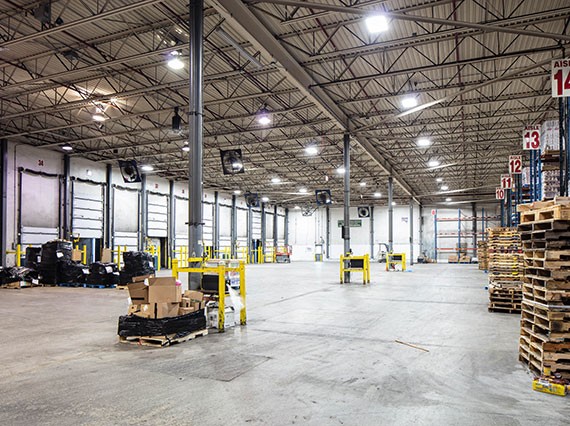
-
When evaluating real estate remodels and new construction, we make decisions that support improved efficiencies and associate well-being. We implement LEED® green building program practices where we can help save energy and water, reduce climate warming emissions, and provide a healthier indoor working environment for our associates.
We've also standardized building layout standards and reverse logistics flow for new distribution centers to support how waste is managed, captured, and moved. Meeting USGBC’s Leadership in Energy and Environmental Design™ (LEED®) standard for these new facilities, however, would require installing fresh air units in our refrigerated spaces – something that would go against our energy efficiency efforts. Efficiency is a long-term investment – from design, through build, to maintenance – and the benefits are palpable.
What is LEED?
LEED® is an acronym for Leadership in Energy and Environmental Design and is the preeminent program for the design, construction, maintenance and operations of high-performance green buildings. A project can achieve one of four certification levels: LEED Certified®, LEED Silver®, LEED Gold®, or LEED Platinum®.
-
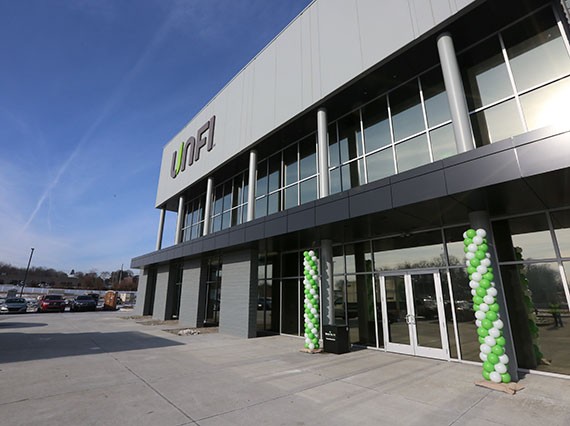
-
The food we distribute travels many miles to arrive on store shelves. To make this more efficient and less emissions-intensive, we continue to optimize our logistics, refine our decarbonization strategy, and expand our electrification efforts.
As a distribution company, efficiency is an important characteristic to keep at the forefront. The more efficient we are, the fewer miles drivers have to travel, the fresher the produce we deliver, the less diesel used to fuel up, and the smaller our fleet emissions footprint. We evaluate efficiency through two main lenses: 1) the density of an outgoing shipment, and 2) the distance that shipment must travel. There are inherent constraints we account for when planning, and have found that instituting efficiency parameters, such as minimum order sizes, and using vehicles that are already on the road to complete multiple deliveries are important levers in our strategy. We hope to collaborate more closely with customers to evaluate these levers and evolve our strategy to be mutually beneficial.
-
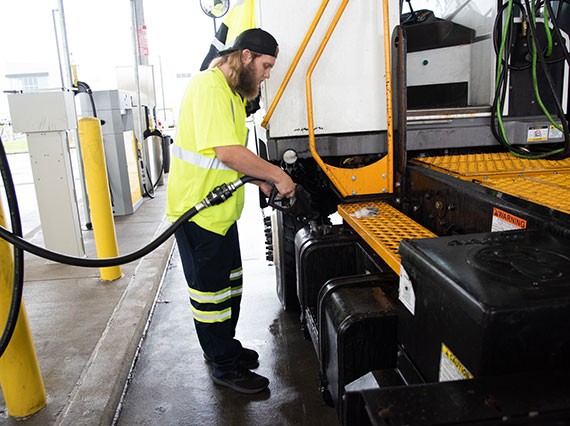
We are driving energy efficiency for all of our distribution centers and offices through a multi-faceted approach, and in close collaboration with an external partner who inspects and reviews projects during site visits, then issues a report to track and assess our progress.

